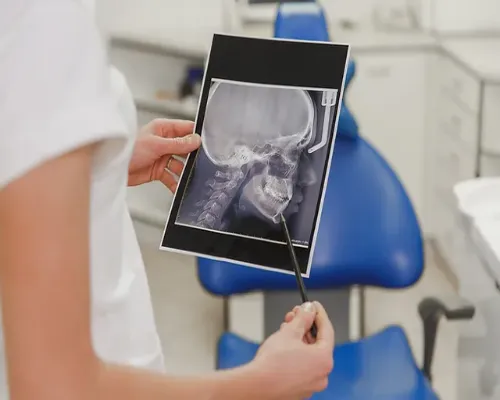Best dentist Nashik
Oral and facial trauma cases can result from various accidents, injuries, and medical conditions. Oral and Maxillofacial Surgeons (OMS) play a critical role in the management of oral and facial trauma cases. Their specialized training equips them to provide comprehensive care for patients who have experienced injuries to the face, mouth, and jaws.
The most commonreasons are sports, accidents (automobile and workplace), penetrating injuries, and violence. Symptoms can include pain, swelling, bleeding, bruising, and numbness, while facial bone fractures can cause difficulty breathing, speaking, or seeing.
Here are some common types of oral and facial trauma cases:
Dental Fractures and Avulsions: Dental fractures can range from minor chips to severe breaks that expose the tooth’s nerve. Avulsion happens when a tooth is totally knocked out of its socket. Quick action is essential to potentially save the avulsed tooth. Best dentist nashik
Soft Tissue Injuries: Injuries to the lips, tongue, cheeks, and gums are common. These can result from falls, accidents, or biting into hard objects. Cuts, abrasions, and puncture wounds are typical soft tissue injuries.
Jaw Fractures: The jawbone can fracture due to severe impact or trauma. This can lead to misalignment, difficulty in opening or closing the mouth, and pain. Best dentist nashik
Nasal Fractures: Impact on the nose can cause nasal fractures, leading to pain, swelling, and potential breathing difficulties.
Orbital Fractures: Fractures around the eye socket can occur due to trauma. These fractures can affect vision, cause double vision, and require surgical intervention. Best dentist nashik
Maxillofacial Injuries: Severe trauma can result in fractures to the bones of the face and skull. These injuries might require extensive surgical intervention for proper healing.
Facial Lacerations: Deep cuts to the face can cause significant bleeding and scarring. Proper cleaning, suturing, and wound care are necessary to prevent infections and minimize scarring. Best dentist nashik
Dental Trauma in Children: Children are susceptible to dental injuries due to their active lifestyles. Common injuries include chipped or broken primary teeth, which can impact the eruption of permanent teeth.
Sports-related Injuries: Participation in sports increases the risk of facial and oral trauma. Wearing appropriate protective gear, such as mouthguards and helmets, can reduce the likelihood of injury.
Motor Vehicle Accidents: High-speed accidents can result in various types of facial and oral trauma, including fractures, lacerations, and dental injuries. Best dentist nashik
Assaults: Intentional physical altercations can lead to facial fractures, bruises, and other traumatic injuries.
Burns: Thermal, chemical, or electrical burns to the face and oral cavity can cause significant damage and require specialized treatment.
Gunshot or Penetrating Injuries: These severe injuries can result in complex facial and oral trauma, often requiring immediate medical attention and surgery. Best dentist nashik
Industrial and Occupational Injuries: People working in industries such as construction or manufacturing might be at risk of facial and oral trauma due to machinery accidents or falling objects.
Animal Bites: Bites from animals, including humans, can cause serious facial and oral injuries, along with the risk of infection.
Dental Impactions: Teeth that fail to properly emerge (impacted teeth) can cause pain, infection, and other complications.
In any case of oral and facial trauma, seeking immediate medical attention is crucial. Proper diagnosis, treatment, and follow-up care are necessary to ensure optimal healing and minimize long-term complications. Best dentist nashik
In essence, Oral and Maxillofacial Surgeons bring a specialized skill set to the management of oral and facial trauma cases. Their expertise spans emergency care, surgical interventions, aesthetic considerations, and multidisciplinary collaboration, all aimed at restoring both function and appearance for patients who have experienced traumatic injuries to the face and oral cavity.
Treatment for maxillofacial trauma varies depending on the type and severity of the injury. Treatment will include a thorough physical examination and careful and systematic evaluation of structures and systems, including X-rays. In some cases, diagnosis and treatment may need to be postponed until swelling has subsided or more serious injuries have resolved.



